What is the hardest position in soccer? Top 6 positions revealed
Football represents constant competition and physical challenges, with each position presenting its unique difficulties. While no position is completely easy or without pressure, especially for beginners looking to learn more about the game, it’s important to consider various factors. Players may be better suited to certain positions based on their size, physical characteristics, and skill level. However, some positions are inherently more challenging than others. In the following article, we will explore in detail the hardest position in soccer according to King Soccer Tips, and discuss the challenges associated with each position.”
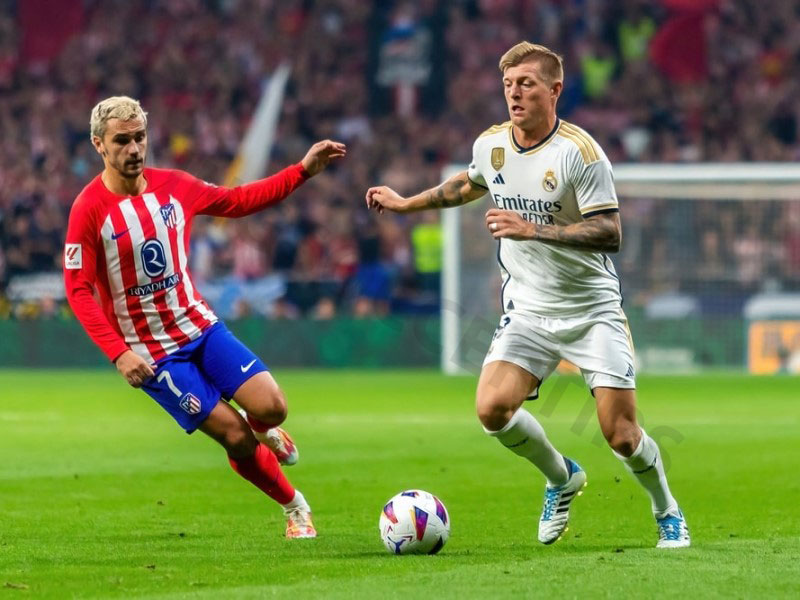
Check out the hardest position in soccer today
1. Goalkeeper
It is hard to deny that in football, there is no position more difficult than that of the goalkeeper. The goalkeeper is not just a position in the squad, but also a player who is allowed to use his hands—a privilege that no other player has on the field. Their job is not only to stop potential scoring shots but also to do so thoroughly and effectively.
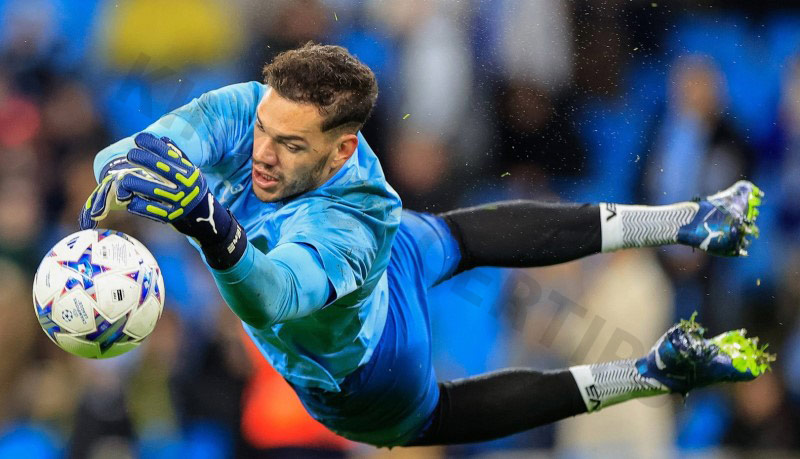
A goalkeeper needs to possess outstanding strength, agility, and instant reflexes to deal with dangerous shots from opponents. Not only that but in the modern football era, goalkeepers must also have good footwork techniques to participate in ball distribution and launching attacking situations.
While in the past, choosing a goalkeeper was mainly based on blocking ability, today teams look for consistent players, who have ball distribution skills and even possess dribbling abilities.
The pressure on a goalkeeper comes not only from preventing scoring opportunities but also from the need to perform every action correctly and without mistakes. A small mistake by the goalkeeper can lead to significant consequences for the team.
2. Striker
Although the role of a striker may seem easy from the outside, the reality is quite different. The striker always stands out on the field, attracting attention when scoring a goal. However, this is only a small part of their overall mission. The striker bears the greatest responsibility of scoring goals for his team. Scoring goals is not just a skill but an art that requires a deep understanding of the game and the confidence to execute effectively.
Being a striker is also considered the hardest position in soccer due to the constant pressure to deliver under high expectations and to make decisive contributions in crucial moments.
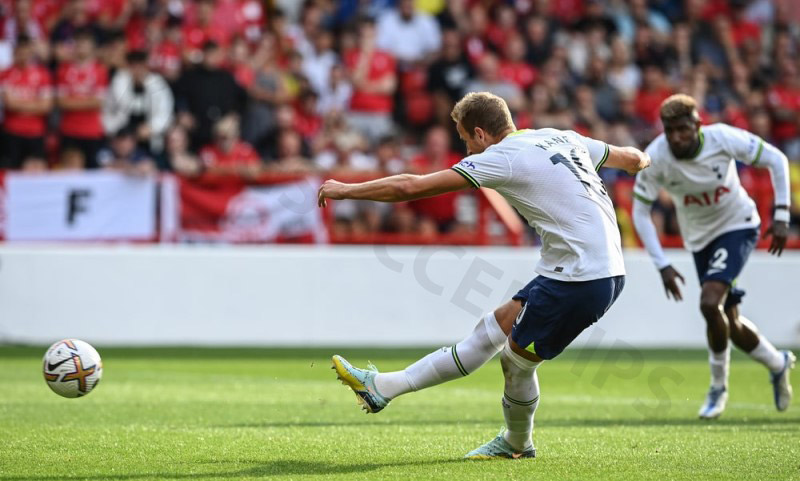
Faced with the challenge of strong center-backs and decisive defenders, strikers must develop the skills to move and react quickly to create scoring opportunities. When the opportunity arises, they must show alertness and composure, especially in situations created by the opponent.
Furthermore, strikers need to possess excellent technical skills and high tactical awareness to take advantage of every possible opportunity. In addition to scoring goals, strikers must also be able to work as a team and help develop a more effective attacking style of play.
3. Central attacking midfielder
The central attacking midfielder (CAM) plays a central role in every attack of the team. This is a position that requires high technique, broad vision, and sometimes even creativity. Players like Lionel Messi, Kevin De Bruyne, and Bruno Fernandes are excellent examples of this position.

Using precise passes, dribbling, and intelligence, the CAM is the key to unlocking the opposition’s defense. Despite playing in the central position, a CAM often has to receive the ball with their back facing the opponent’s goal in crowded areas. They must be able to accurately locate and perceive situations around them.
Statistically, the CAM tends to have more possession of the ball than any other position, which demonstrates the difficulty of the role. Attacking midfielders in the CAM role are always looking for space to control the ball and create attacking opportunities by passing the ball or advancing. They rely on their personal qualities to make a difference in the final third.
4. Deep-lying playmaker
The deep-lying playmaker is a variation of the defensive midfielder. Their role is not only to break up attacks and cover the defense but also to dictate the tempo and create connections from the defensive area. To be successful in this role, players need to possess a range of specialized skills. In addition to solid defense and comprehensive technique, they must also be talented playmakers, making this another example of the hardest position in soccer.
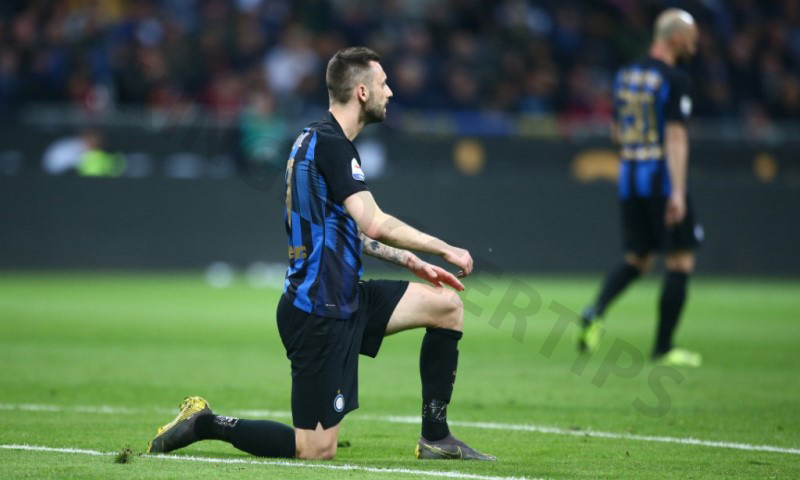
Their excellent vision helps them see potential passes and spot the running routes of attacking players. However, vision and creativity alone are not enough. Players in this position need to make quick decisions and have refined passing techniques and a wide passing range.
Deep passes, lateral passes, and timely decisions are the key elements of a top playmaking midfielder. Take Andrea Pirlo, for example, who is recognized as one of the best players to ever play this role. Some other modern players such as Toni Kroos, Marco Verratti, and Rodri have also proven their proficiency in controlling the match from this position.
5. Winger
What is the hardest position in soccer? In terms of individual roles, there is no position in football more difficult than that of a winger. Players in this position often face challenging 1v1 situations against solid defenders. Not only do they need to overcome their opponents with skill and speed, but they also have to execute accurate crosses and dangerous passes in the penalty area.
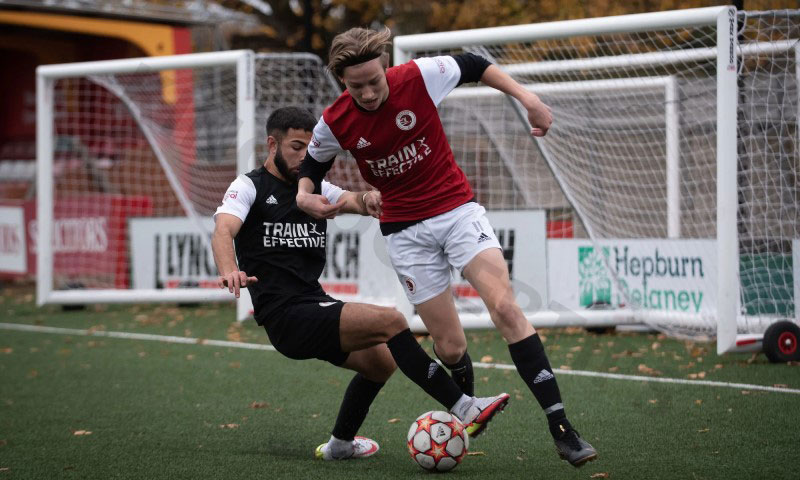
Wingers are often the most versatile players in the squad, as they are required to use technique and trickery to get past defenders and create scoring opportunities. Each match becomes an individual confrontation as wingers try to overcome their opponents.
However, success is not always guaranteed, so wingers must have patience and perseverance, even when faced with difficulties. Their role has become more challenging in recent years, as playing as a winger is often considered the hardest position in soccer. Wingers are now required to contribute more to scoring and creating goals for the team, which adds to the difficulty of this already demanding role. Playing in this position requires flexibility and leaves little room for rest.
6. Midfielder
The central defender position, also known as the ‘last wall’, plays an important role in the defensive line. They operate as a duo or trio, ensuring the safety of the central area and blocking any threats from the opponent. The personality of midfielders is often characterized by strength, seriousness, and a never-give-up attitude.

One of the most important skills of a center-back is heading technique, which requires strength, timing, and jumping ability. Faced with attacks from quick and skillful strikers, center-backs must be able to read the situation and make precise positional decisions. Excellent center-backs are often proactive rather than reactive, allowing them to solve problems before they become dangerous.
Top center-backs often make defending easier because they are always in the right positions at the right times. At times, center-backs are considered “coaches on the pitch”, with a role in guiding and supporting their teammates. Leadership and communication are important factors that a top center-back cannot lack.
Conclusion
In football, each position brings unique challenges and responsibilities. They face strikers of varying skill and pace while maintaining stability and leadership in defense. Their ability to read the game, position, and communicate plays a vital role in keeping the team safe and balanced. Given these demands, it’s clear that the hardest position in soccer, such as that of a center-back, is not just about playing the game but also about being a leader on the field, bringing stability and confidence to their team!
See more: Top 10 best selling soccer jerseys currently in the world
